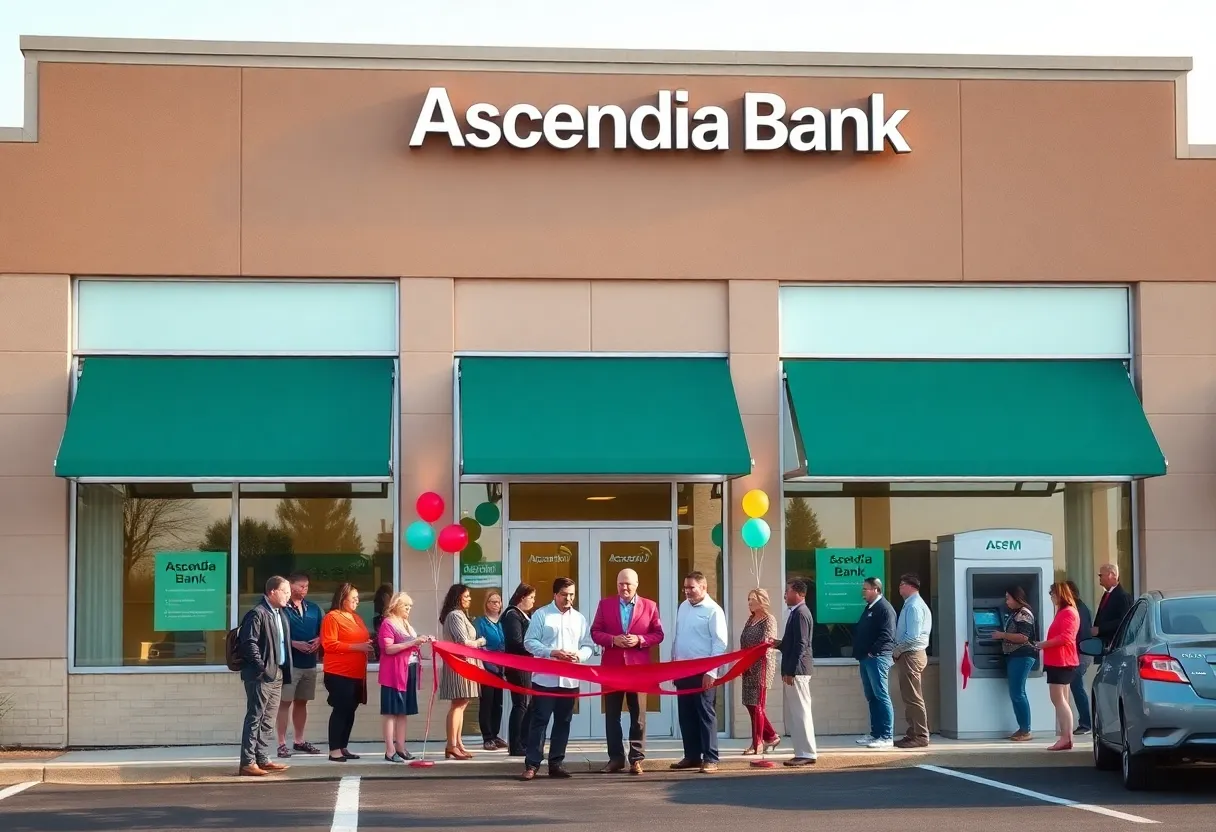News Summary
The construction industry is seeing a significant rise in interest for Employee Stock Ownership Plans (ESOPs) as business owners seek effective liquidity solutions. Traditionally viewed as niche, ESOPs are now an attractive option for many owners planning to transition out of their businesses. Offering tax advantages and benefits for employees, ESOPs provide a way for owners to retain their company’s identity while ensuring financial security for staff. The growing popularity of ESOPs is further influenced by changing demographic and economic factors, particularly during challenges posed by the COVID-19 pandemic.
Surging Interest in ESOPs Among Construction Firms
There is a notable surge in interest regarding employee stock ownership plans (ESOPs) within the construction industry. Originally a niche strategy, ESOPs are becoming a popular trend among construction companies looking for effective liquidity solutions.
Transitioning Business Ownership
Many construction owners are contemplating exiting their businesses within the next few years, largely due to their advancing age or retirement plans. In this context, traditional strategies like mergers and acquisitions (M&A) may not adequately address their specific needs. For instance, management buyouts can often be cumbersome and inefficient, requiring owners to exhaust after-tax cash to redeem their equity.
Another alternative, selling to private equity (PE) firms, presents its own set of challenges. Such sales usually incur capital gains taxes on the proceeds, providing little benefit to the employees who help drive the business’s success.
The Advantages of ESOPs
In contrast, ESOPs offer a compelling liquidity option for business owners while allowing them to maintain operational independence and preserve their company’s legacy. This ownership model is particularly advantageous, especially for construction operations where substantial income tax liabilities exist. By implementing an ESOP, business owners can create significant tax advantages.
ESOPs not only provide liquidity for the owners, but they also contribute to the retirement benefits of employees through a structured share ownership plan. In this arrangement, the ESOP acquires stock in the company that establishes the plan, effectively creating a win-win situation for owners and employees alike.
Tax Benefits and Corporate Finance Tools
Additionally, the ESOP model serves as a comprehensive corporate finance tool allowing for the partial or total acquisition of owner shares at fair market value. A common misconception is that employee trusts cannot compete financially with private equity buyers. However, this is not necessarily true, as ESOPs can provide competitive bids for shareholder equity.
Particularly for owners looking to gradually exit or those without a successor management team, ESOPs present attractive options. The bipartisan support for employee ownership is well established, with Congress formalizing ESOPs in 1974 and offering various tax incentives. Notably, Section 1042 of the tax code allows sellers to defer or eliminate capital gains taxes associated with ESOP sale proceeds.
Tax Structure and Financial Flexibility
Companies that sell their shares to an ESOP can benefit from the elimination of federal income taxes, as ESOPs operate as tax-exempt entities. In fact, 100% employee-owned S-corporations can maintain a permanent tax-free structure, which enhances the overall financial health of the business.
ESOP financing typically involves traditional bank loans or seller notes. This means that cash flow that would usually cover tax liabilities can instead be channeled back into the business for purposes such as debt reduction or growth initiatives.
Sharing Success and Building Commitment
Employees benefit from stock allocations subject to a vesting period, which aids in fostering long-term commitment and growth. These stock allocations are proportional to employees’ wages, encouraging a sense of ownership and responsibility among the workforce.
ESOPs can also be enhanced with additional incentive programs such as stock appreciation rights and warrants, aligning employee interests with the company’s overall performance.
Reconsidering Succession Plans
As construction firm owners evaluate their succession plans, particularly if they have no heirs interested in carrying on the business, ESOPs offer flexible options for transitioning ownership. This focus on employee well-being and financial success for all stakeholders can create a thriving organizational culture.
The growing popularity of ESOPs in the construction industry is closely linked to various demographic and economic factors. Challenges experienced during the COVID-19 pandemic have highlighted the need for stable business practices that can ensure longevity and resilience.
Competitive Advantage and Talent Retention
By adopting an employee-first culture, firms can signal to potential job seekers that they value their staff and provide long-term career opportunities. The introduction of ESOPs in construction is a strategic move to retain and attract talent, consequently enhancing the competitive advantage in an increasingly demanding labor market.
Deeper Dive: News & Info About This Topic
Additional Resources
- Daily Reporter: Findorff Employee-Owned ESOP Announcement
- Google Search: Employee Stock Ownership Plans in Construction Industry
- Fox47: Findorff Introduces Employee Stock Ownership Plan, Becomes 100% Employee-Owned
- Encyclopedia Britannica: Employee Stock Ownership Plan
- Kansas City Star: Perspectives on Employee Ownership
- Google News: Construction Industry ESOP
Author: Construction CA News
CALIFORNIA STAFF WRITER The CALIFORNIA STAFF WRITER represents the experienced team at constructioncanews.com, your go-to source for actionable local news and information in California and beyond. Specializing in "news you can use," we cover essential topics like product reviews for personal and business needs, local business directories, politics, real estate trends, neighborhood insights, and state news affecting the area—with deep expertise drawn from years of dedicated reporting and strong community input, including local press releases and business updates. We deliver top reporting on high-value events such as the Rose Parade, Coachella, Comic-Con, and the California State Fair. Our coverage extends to key organizations like the California Building Industry Association and Associated General Contractors of California, plus leading businesses in technology and entertainment that power the local economy such as Apple and Alphabet. As part of the broader network, including constructionnynews.com, constructiontxnews.com, and constructionflnews.com, we provide comprehensive, credible insights into the dynamic landscape across multiple states.





